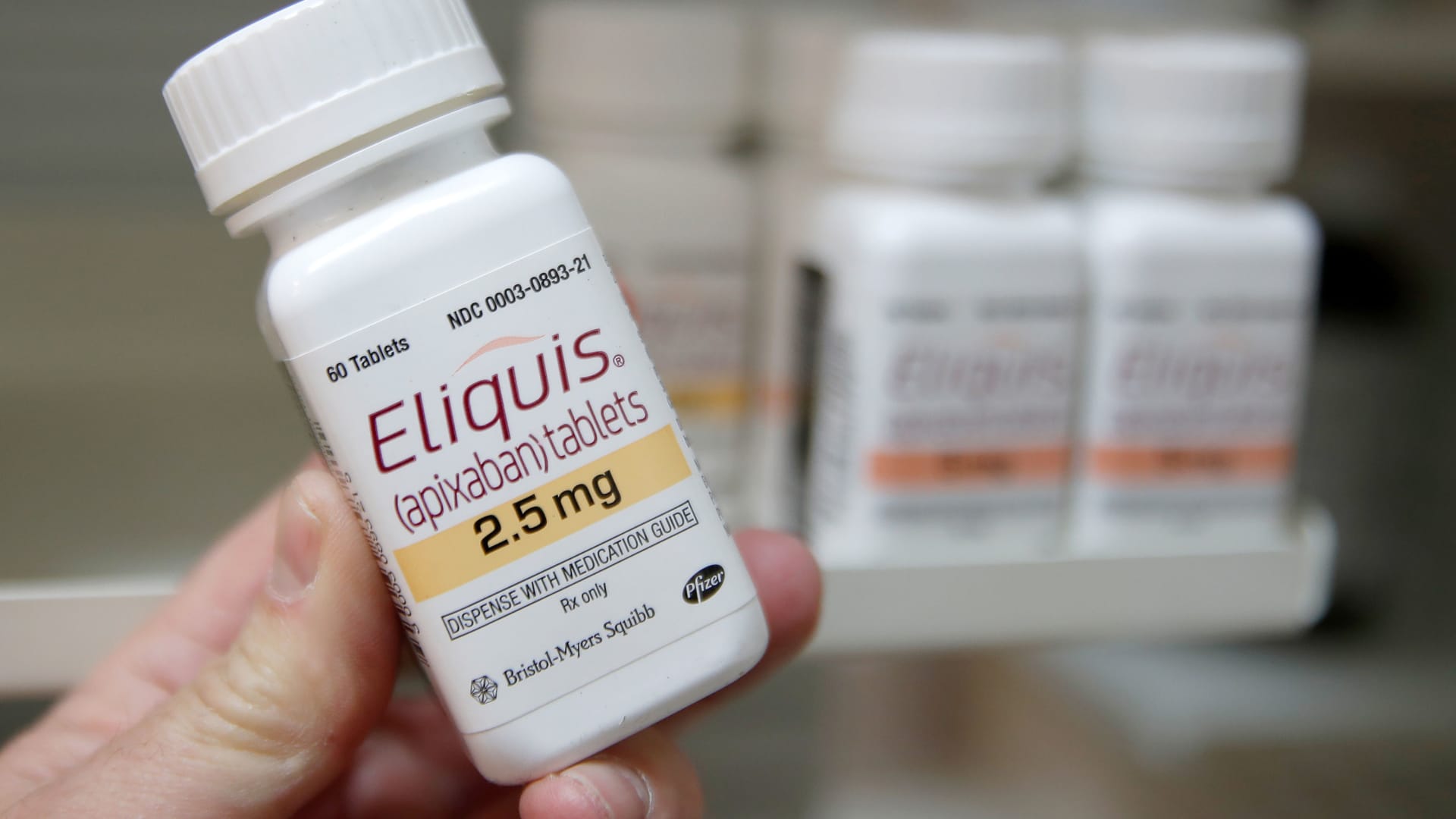The Biden administration on Tuesday unveiled the first 10 prescription drugs that will be subject to price negotiations between manufacturers and Medicare, kicking off a controversial process that aims to make costly medications more affordable for older Americans.
President Joe Biden’s Inflation Reduction Act, which passed in a party-line vote last year, gave Medicare the power to directly hash out drug prices with manufacturers for the first time in the federal program’s nearly 60-year history. The agreed-upon prices for the first round of drugs are scheduled to go into effect in 2026.
It’s absurd that they were forbidden from negotiating in the first place. It was basically a blank check to drug companies.
Well yeah, that’s the point
Here are the 10 drugs subject to the initial talks this year:
- Eliquis, made by Bristol-Myers Squibb, is used to prevent blood clotting to reduce the risk of stroke.
- Jardiance, made by Boehringer Ingelheim, is used to lower blood sugar for people with type 2 diabetes.
- Xarelto, made by Johnson & Johnson, is used to prevent blood clotting to reduce the risk of stroke.
- Januvia, made by Merck, is used to lower blood sugar for people with type 2 diabetes.
- Farxiga, made by AstraZeneca, is used to treat type 2 diabetes.
- Entresto, made by Novartis, is used to treat certain types of heart failure.
- Enbrel, made by Amgen, is used to treat rheumatoid arthritis.
- Imbruvica, made by AbbVie, is used to treat different types of blood cancers.
- Stelara, made by Janssen, is used to treat Crohn’s disease.
- Fiasp and NovoLog, insulins made by Novo Nordisk.
The most curious thing here is that they’re all from different companies. I think this is a big trial run.
I think you’re right:
“I think it’s incredibly important to keep in mind that the negotiation process is cumulative,” said Leigh Purvis, a prescription drug policy principal with AARP Public Policy Institute. “We could have as many as 60 drugs negotiated by 2029.”
Thanks Joe
“A controversial process…” Christ, we’re doomed as a country.
Rick Scott dislikes this
It’s always whatever it takes to help the old. The usa was made for and will die by the hands of ‘the greatest generation’ aka the greediest generation
All drug prices should be heavily regulated and capped, not just the ones old people need.
It’s always whatever it takes to help the old
3 of them are diabetes medicine. That is not exclusively an “old person’s disease”
4 others are for heart disease. Again, not exclusively a geriatric issue.
Given the obesity issues that America has in abundance, I would suggest these drugs are well chosen to help a signifigant portion of the population.
deleted by creator






